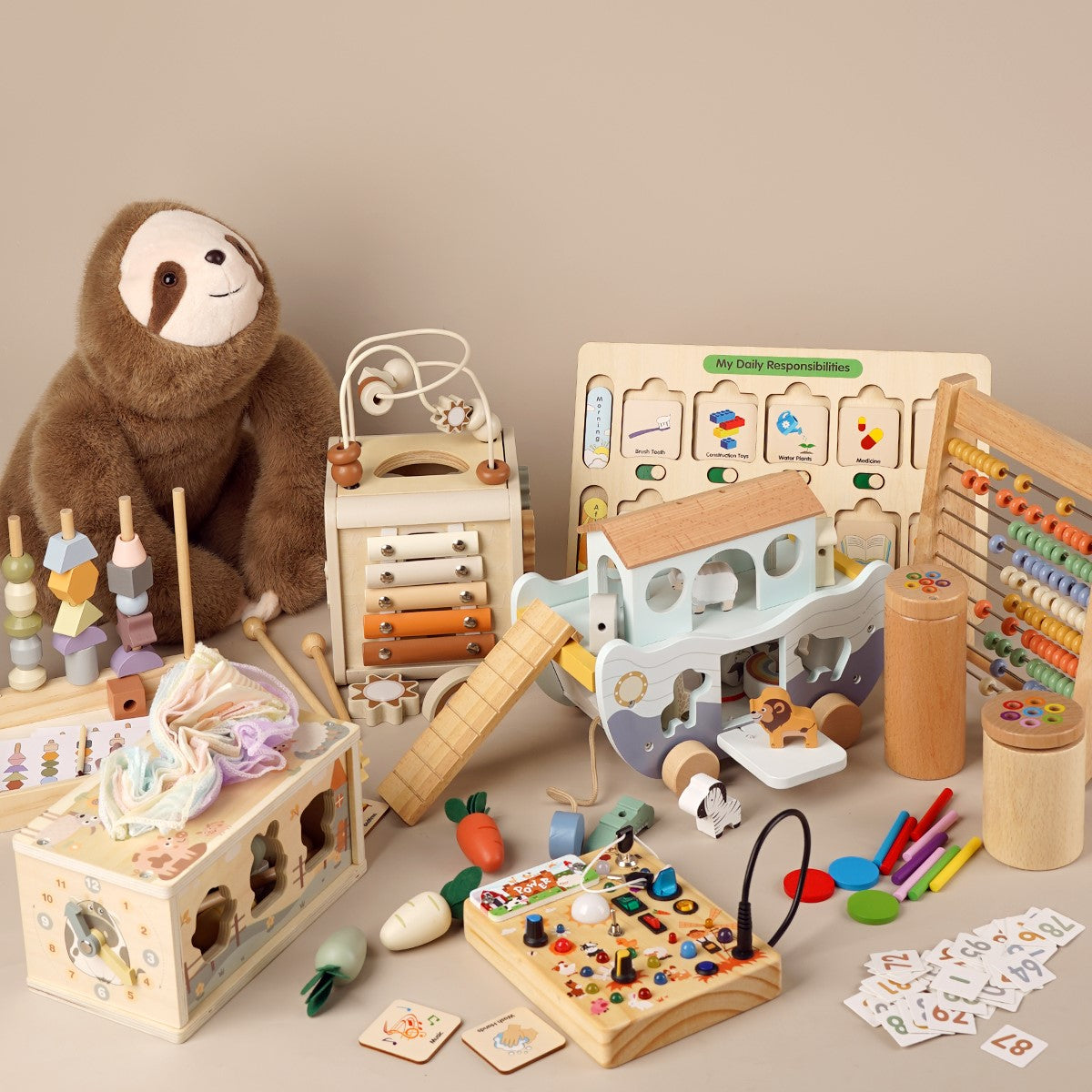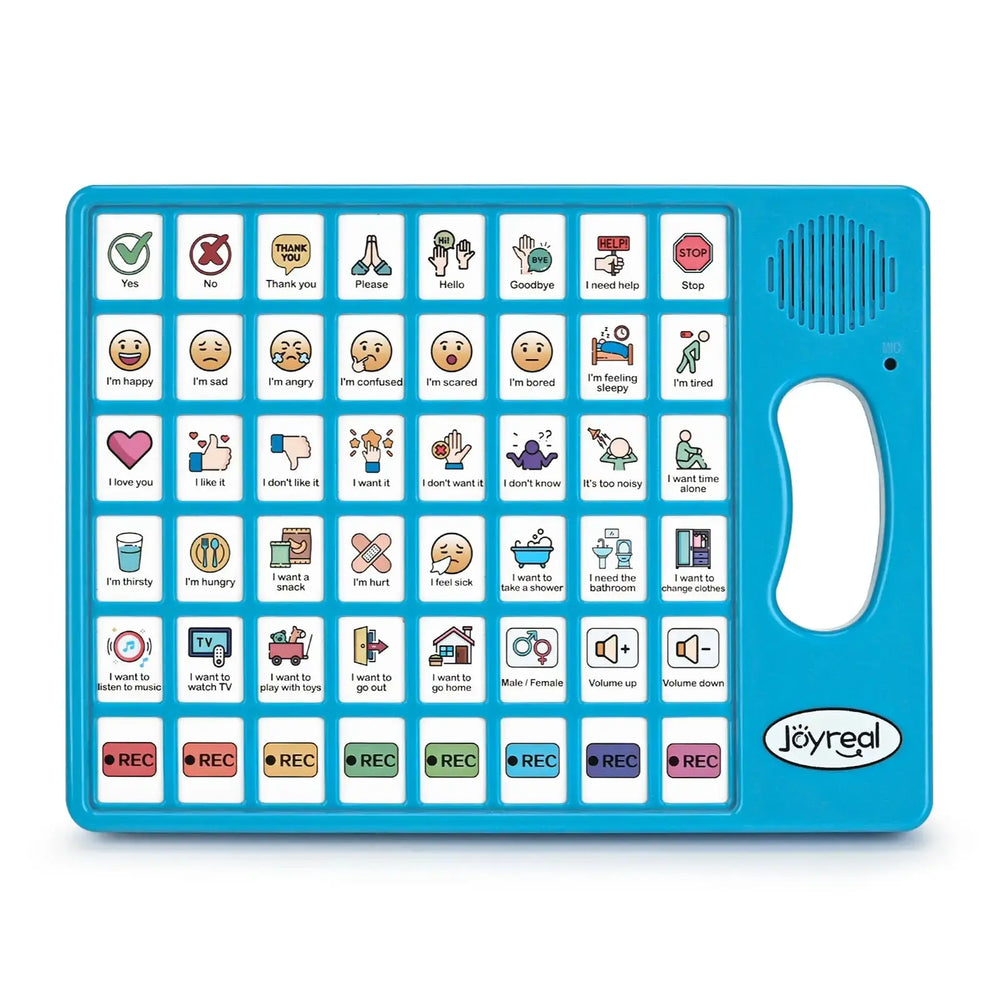Sensory-Safe Sounds: A Parent’s Guide to Choosing Calming Music Toys

Music plays a significant and versatile role in supporting individuals with autism and ADHD, offering a wide range of therapeutic benefits that can greatly enhance their quality of life. From improving communication and social engagement to reducing anxiety and enhancing focus, music serves as both a clinical tool and a daily resource for emotional and cognitive support. For individuals with autism, music can act as a non-speaking bridge to self-expression, while structured group activities promote shared focus and social bonding. For those with ADHD, rhythmic and repetitive musical patterns help anchor attention and regulate impulses. In both groups, music supports emotional expression, motor coordination, cognitive development, and fosters creativity and self-esteem—making it a uniquely powerful modality across multiple domains. These multifaceted effects highlight music not just as a form of entertainment, but as a meaningful therapeutic ally.
While structured music therapy and guided sessions offer immense benefits, the influence of music can begin even earlier—and in much simpler forms. One of the most accessible yet powerful tools is the music toy. These playful instruments are more than just fun; they represent an important gateway to brain stimulation, emotional regulation, and developmental growth—especially for children. Let’s now explore how music toys play a critical role in supporting the autistic brain, and how they lay the groundwork for the broader therapeutic impact of music in neurodiverse communities.
The Brain on Music: Why It Matters for Autism
Research has shown that music activates multiple regions of the brain at once—including those involved in emotion, memory, motor control, and auditory processing. For individuals with autism, who often have unique neurological wiring, this can be incredibly beneficial.
Key Brain Benefits of Music in Autism:
- Enhanced neural connectivity
Music helps form new connections between brain regions, supporting cognitive development.
- Improved sensory integration
Many autistic individuals experience sensory processing challenges. Music toys can gently expose them to sound, rhythm, and vibration in a controlled way.
- Emotional regulation
Certain tones and melodies can help soothe anxiety or redirect frustration.
- Language and communication support
Sensory Smart: Choosing the Right Music Toy for Your Neurodivergent Child
When choosing music toys for sensitive children, it’s important to prioritize those with adjustable volume controls to avoid sudden loud noises that might startle or upset them. Toys that allow volume lowering or muting help create a calm and comfortable musical environment. Opt for toys that produce simple, predictable sounds rather than complex effects, flashing lights, or fast-changing patterns, as these can overload sensory processing. Predictable tones give children a sense of control and security. Favor natural, soft sound textures such as those from wooden or acoustic-style instruments like pianos, xylophones, and drums, avoiding harsh electronic noises that can be jarring. Consider the size and weight of the toy to ensure comfortable handling—lightweight, ergonomically designed instruments with easy-to-press keys encourage longer, positive engagement. Limit visual stimulation by choosing toys with minimal or muted lighting effects, avoiding flashing or rapidly changing lights, so children can focus more on the auditory and tactile experience. Finally, look for toys that promote open-ended play, offering a variety of sounds without fixed rules, supporting both solo and group play to foster creativity and self-expression without pressure.
🎵 Wooden Montessori Musical Toys 6-in-1 for Toddlers 1-3 with Xylophone
This set includes a xylophone, triangle, maracas, tambourine, wood sounder, and clarinet, each producing clear, gentle sounds ideal for early music learning. Made from durable, non-toxic wood with smooth edges, it meets child safety standards and is free from small choking parts .
Joyreal
Key Features:
- Multi-Instrument Play: Encourages exploration of various sounds and rhythms.
- Safe Materials: Crafted from eco-friendly, non-toxic wood.
- Neutral Design: Aesthetic and gender-neutral, fitting into any nursery or playroom.
Why It's Suitable: The variety of instruments allows children to explore different sounds, promoting auditory discrimination and fine motor skills. The gentle tones and natural materials ensure a calming sensory experience.
🎹 Joyreal 25-Key Mini Piano Keyboard - Educational Musical Toy for Kids
This wooden piano features 25 touch-sensitive keys and offers 8 instrument sounds, including piano, violin, and guitar. It comes with a color songbook and piano stickers to assist in learning .
Joyreal
Key Features:
- Touch-Sensitive Keys: Responds to the pressure of the touch, mimicking real piano play.
- Multi-Instrument Sounds: Provides exposure to various musical instruments.
- Educational Accessories: Includes a color songbook and piano stickers for guided learning.
Why It's Suitable: The piano's touch-sensitive keys offer a tactile experience that can aid in sensory integration. The variety of sounds and educational materials support cognitive development and musical interest.
 In addition to musical instruments, tools like the Joyreal Communication Communicator can play a powerful role in auditory and language development. This early education speech device offers children—especially those with autism or speech delays—a way to hear and practice word pronunciation. Its simple AAC (Augmentative and Alternative Communication) design helps build foundational listening and speaking skills, making it a valuable addition to sensory-smart play environments focused on language, music, and communication growth. As one of the effective AAC devices for autism, it supports enhanced communication and empowers children to express themselves more confidently.
In addition to musical instruments, tools like the Joyreal Communication Communicator can play a powerful role in auditory and language development. This early education speech device offers children—especially those with autism or speech delays—a way to hear and practice word pronunciation. Its simple AAC (Augmentative and Alternative Communication) design helps build foundational listening and speaking skills, making it a valuable addition to sensory-smart play environments focused on language, music, and communication growth. As one of the effective AAC devices for autism, it supports enhanced communication and empowers children to express themselves more confidently.
Conclusion
Music's multifaceted benefits make it a valuable complementary approach in supporting individuals with autism and ADHD. Its capacity to enhance communication, reduce anxiety, improve focus, and foster emotional and social skills contributes to more effective interventions and a richer, more engaging therapeutic experience. As research continues, the integration of music into treatment plans promises to unlock even greater potential for these individuals to thrive and reach their full potential.
Maybe it will be helpful for you:
Recent Post

Buy Once, Play Longer with Joyreal Toys
“We’re tired of toys that only last a weekend.”“I want toys that gr...

Love Is Learning Together: Valentine’s Day Educational Toys by Joyreal
When we think of Valentine’s Day, our minds often drift to roses, c...

A New Year, A New Beginning: Joyreal Toys’ Wish for Every Child
A Heartfelt New Year Message from Joyreal Toys As we welcome 2026, ...

Can Montessori Wooden Toys Grow With Your Child From 1 to 4?
When Your One-Year-Old Plays for Two Minutes and Walks Away It’s a ...

Mini Piano or Drum Set — Which Is Best for Kids?
As parents, we all face the same struggle — our children spend hour...

Is Phonics-Based AAC Right for Your Nonverbal Child?
Why Nonverbal Children Need AAC Devices For many parents, finding a...

Picture-Based AAC or Phonics AAC? A Parent’s Guide
Phonics vs Picture-Based AAC: Which Communication Tool Is Right for...

How Does Music Enlightenment Work for Ages 0–3?
Why Age-Specific Music Enlightenment Matters (0–3 Years) The first...

What Age Is a Noah’s Ark Toy For?
Is a Noah’s Ark Toy Good for Toddlers (Ages 1, 2 & 3)? When par...

Why Noah’s Ark Is More Than Just a Story Toy?
When parents search for a wooden Noah’s Ark toy, they’re usually no...











